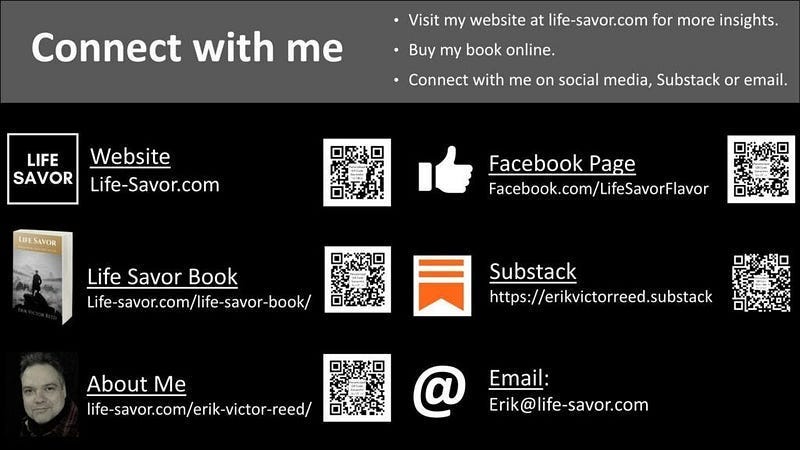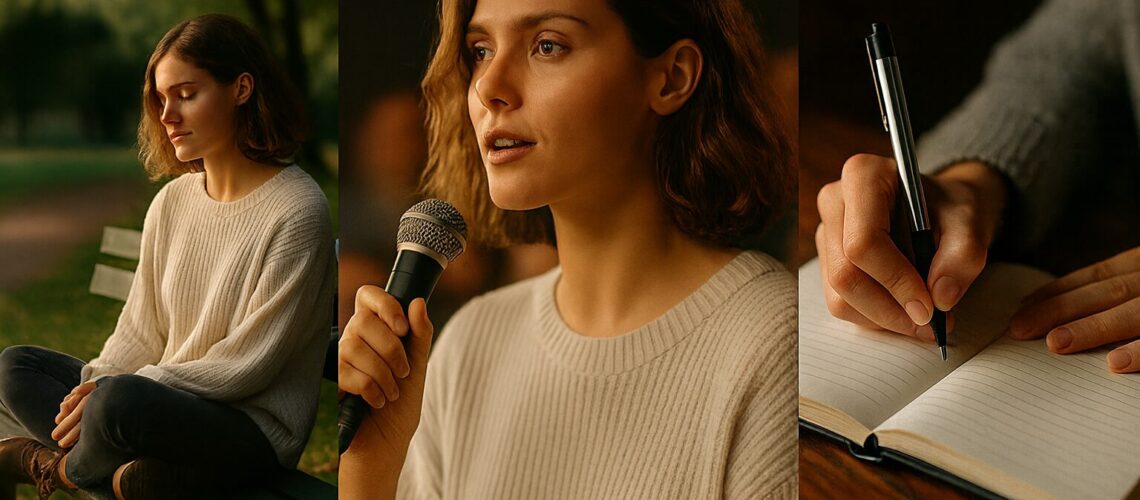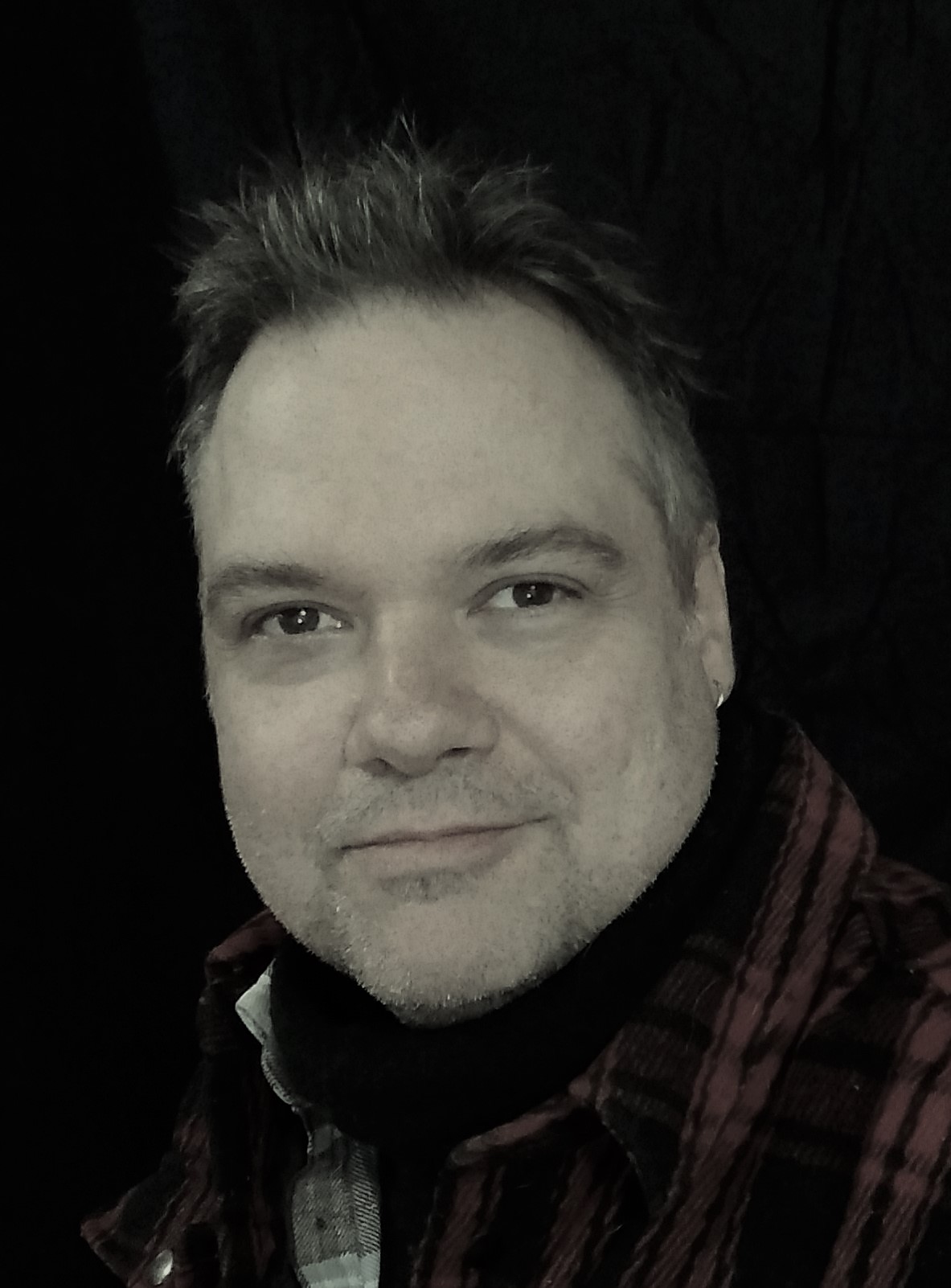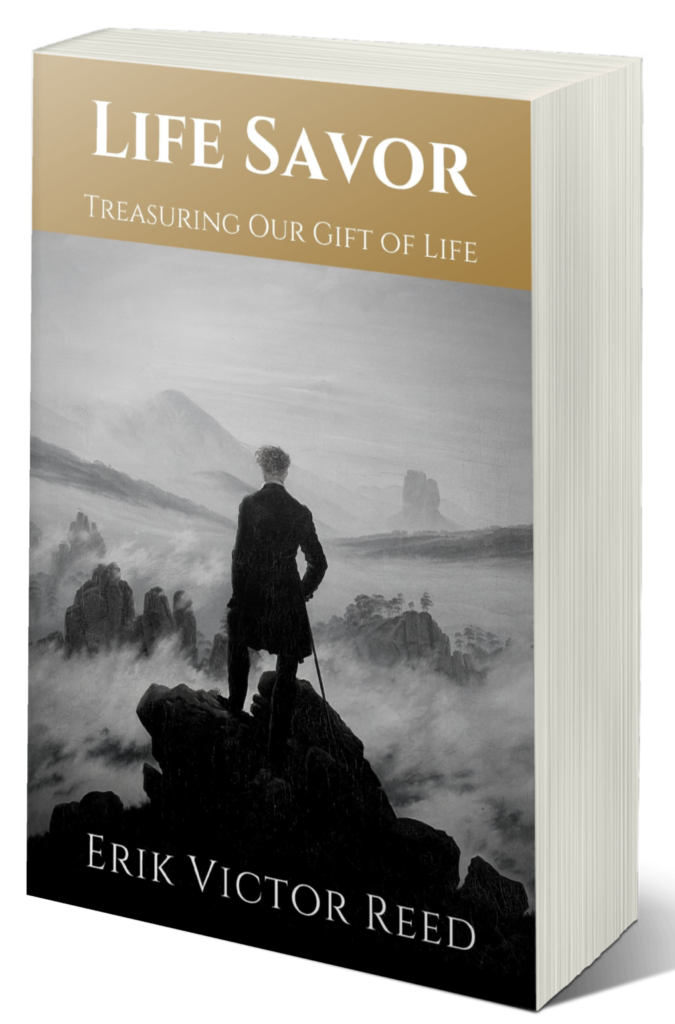Three ways to live more authentically
1. Cultivating Solitude
Solitude is often confused with loneliness, but the two are opposites. Loneliness drains; solitude restores. To find ourselves, we need space where other voices quiet down enough for our own to be heard.
You don’t have to retreat to a monastery. A walk without headphones, a morning coffee before the house wakes, a half-hour in a park — all count. The point isn’t distance from people but closeness with yourself.
In solitude, questions arise that don’t surface in noise. What do I actually want? What’s been draining me? What am I grateful for? These aren’t abstract musings. They’re the beginnings of selfhood.
Vignette: Imagine a woman slipping out of her busy office at lunch to sit in a nearby garden. At first, she feels restless, reaching for her phone. But as the minutes stretch, she notices birdsong, the rhythm of her breath, the quiet recognition that she’s been living more for others’ approval than for her own joy. That small pocket of solitude becomes a pivot point.
Practice: Try a weekly “solitude appointment.” Put it on your calendar like a meeting. Ten, twenty, sixty minutes. No screens, no roles to perform. Just you, listening.
2. Taking Small Risks
Selfhood isn’t discovered in theory; it’s forged in action. We learn who we are by testing possibilities. The risk doesn’t need to be dramatic. It can be as simple as speaking an honest opinion, joining a class, or showing up at a group where you know no one.
Each risk is a mirror. You learn what excites you, what scares you, what energizes you. Sometimes the reflection confirms an old truth; sometimes it surprises you. Both are valuable.
Think of a child learning to swim. At first, each attempt feels clumsy, even scary. But only by getting in the water do they find buoyancy. The same applies to identity: we don’t find it by thinking about who we might be, but by testing it.
Vignette: A man terrified of public speaking signs up for a local storytelling night. His palms sweat, his voice cracks, he loses his place. But afterward, strangers thank him for sharing, and he realizes he actually liked the risk. The experience doesn’t just tell him he can speak — it tells him he’s braver than he thought.
Practice: Identify one risk you’ve been postponing because of fear of embarrassment or failure. Take one step toward it this week. Don’t measure by outcome. Measure by honesty.
3. Telling Our Stories
Human beings make sense of themselves through narrative. We ask, “Who am I?” and answer with stories. Sometimes those stories are borrowed — from family, from culture, from peers. The work of selfhood is reclaiming the pen.
Storytelling can be private — journaling, voice notes, sketches — or public, shared with a friend. The act of telling sharpens awareness. It lets us see patterns: where we’ve grown, where we’ve repeated mistakes, where we’ve been faithful to what matters.
Don’t underestimate how powerful it is to hear your own words: “This is who I’ve been. This is who I’m becoming.”
Vignette: Picture someone flipping through old journals. In one, they read about a toxic job they swore they’d leave. In another, they see themselves finally walking away. Then in a recent entry, they describe work that feels fulfilling. Suddenly, their own handwriting tells a story of growth, persistence, and courage. That narrative is a mirror more accurate than memory.
Practice: Once a week, write or record a short reflection: “The story of me right now.” A paragraph, a page, a ramble. Don’t edit for polish. Authenticity is the point.
The Thread Through All Three
Solitude gives us the silence to hear ourselves.
Risk gives us the courage to test what we’ve heard.
Story gives us the language to claim it.
Together, these practices form a loop: listen inward, act outward, narrate honestly. Repeat. Each cycle reveals a little more of who we are.
Mortality’s Reminder
We don’t have infinite time to postpone selfhood. Mortality urges us to begin now — with a quiet moment, a small risk, a first story. Not to panic, but to honor life’s rarity.
The gift of being alive is not only existence but the chance to shape existence. These practices are how we do it, day by day.
Closing Thought
Finding ourselves isn’t a one-time revelation. It’s a rhythm: solitude, risk, story. Again and again.
Don’t wait for lightning. Begin with what’s near: a walk, a brave step, a few honest sentences.
Because the self is not something we stumble upon fully formed. It’s something we practice into being.
For more like this, visit the broader project at life-savor.com, or explore the Life Savor book itself.
To learn more about Life Savor’s philosophy,
read Life Savor: Treasuring Our Gift of Life by Erik Victor Reed.








